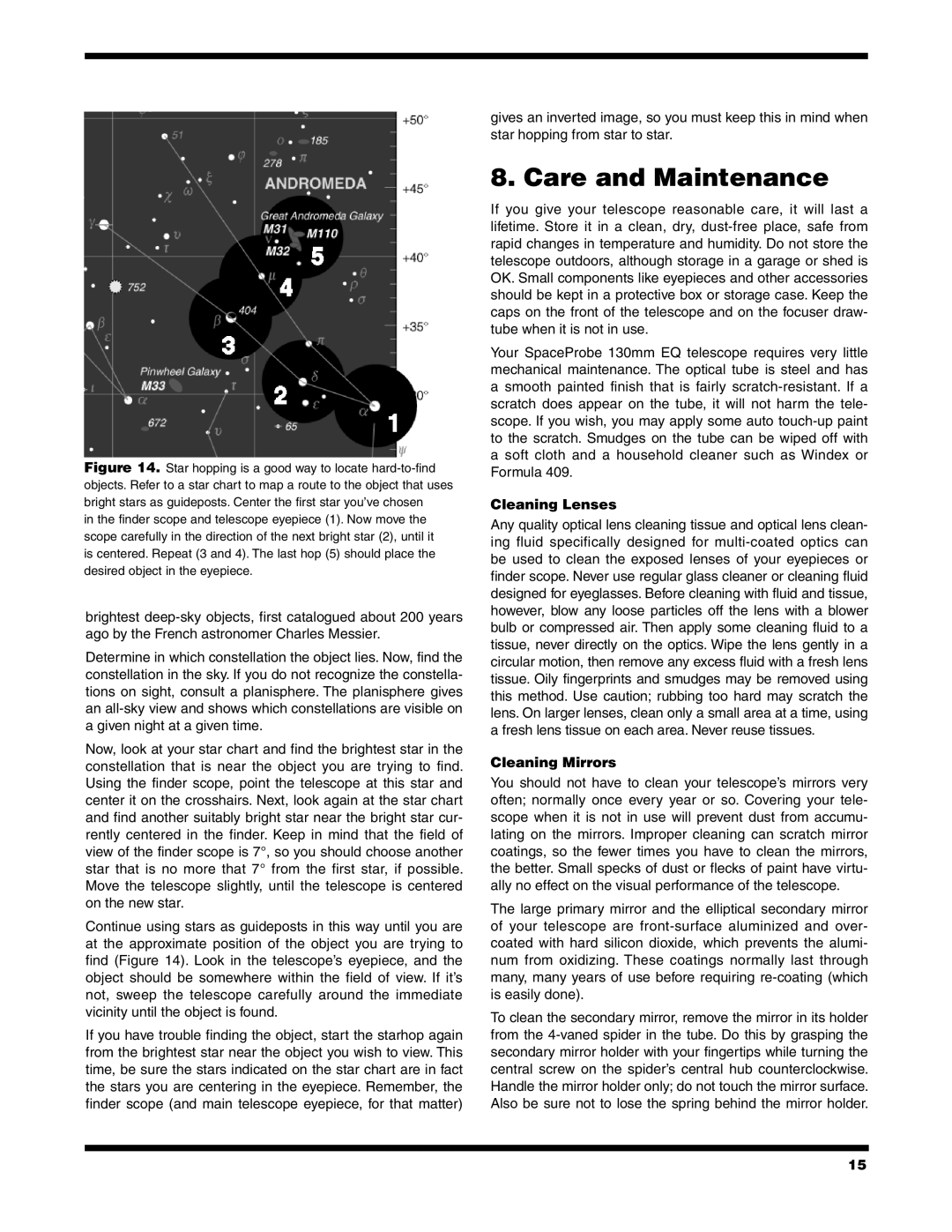
Figure 14. Star hopping is a good way to locate hard-to-find objects. Refer to a star chart to map a route to the object that uses bright stars as guideposts. Center the first star you’ve chosen
in the finder scope and telescope eyepiece (1). Now move the scope carefully in the direction of the next bright star (2), until it is centered. Repeat (3 and 4). The last hop (5) should place the desired object in the eyepiece.
brightest
Determine in which constellation the object lies. Now, find the constellation in the sky. If you do not recognize the constella- tions on sight, consult a planisphere. The planisphere gives an
Now, look at your star chart and find the brightest star in the constellation that is near the object you are trying to find. Using the finder scope, point the telescope at this star and center it on the crosshairs. Next, look again at the star chart and find another suitably bright star near the bright star cur- rently centered in the finder. Keep in mind that the field of view of the finder scope is 7°, so you should choose another star that is no more that 7° from the first star, if possible. Move the telescope slightly, until the telescope is centered on the new star.
Continue using stars as guideposts in this way until you are at the approximate position of the object you are trying to find (Figure 14). Look in the telescope’s eyepiece, and the object should be somewhere within the field of view. If it’s not, sweep the telescope carefully around the immediate vicinity until the object is found.
If you have trouble finding the object, start the starhop again from the brightest star near the object you wish to view. This time, be sure the stars indicated on the star chart are in fact the stars you are centering in the eyepiece. Remember, the finder scope (and main telescope eyepiece, for that matter)
gives an inverted image, so you must keep this in mind when star hopping from star to star.
8. Care and Maintenance
If you give your telescope reasonable care, it will last a lifetime. Store it in a clean, dry,
Your SpaceProbe 130mm EQ telescope requires very little mechanical maintenance. The optical tube is steel and has
asmooth painted finish that is fairly
Cleaning Lenses
Any quality optical lens cleaning tissue and optical lens clean- ing fluid specifically designed for
Cleaning Mirrors
You should not have to clean your telescope’s mirrors very often; normally once every year or so. Covering your tele- scope when it is not in use will prevent dust from accumu- lating on the mirrors. Improper cleaning can scratch mirror coatings, so the fewer times you have to clean the mirrors, the better. Small specks of dust or flecks of paint have virtu- ally no effect on the visual performance of the telescope.
The large primary mirror and the elliptical secondary mirror of your telescope are
is easily done).
To clean the secondary mirror, remove the mirror in its holder from the
15
